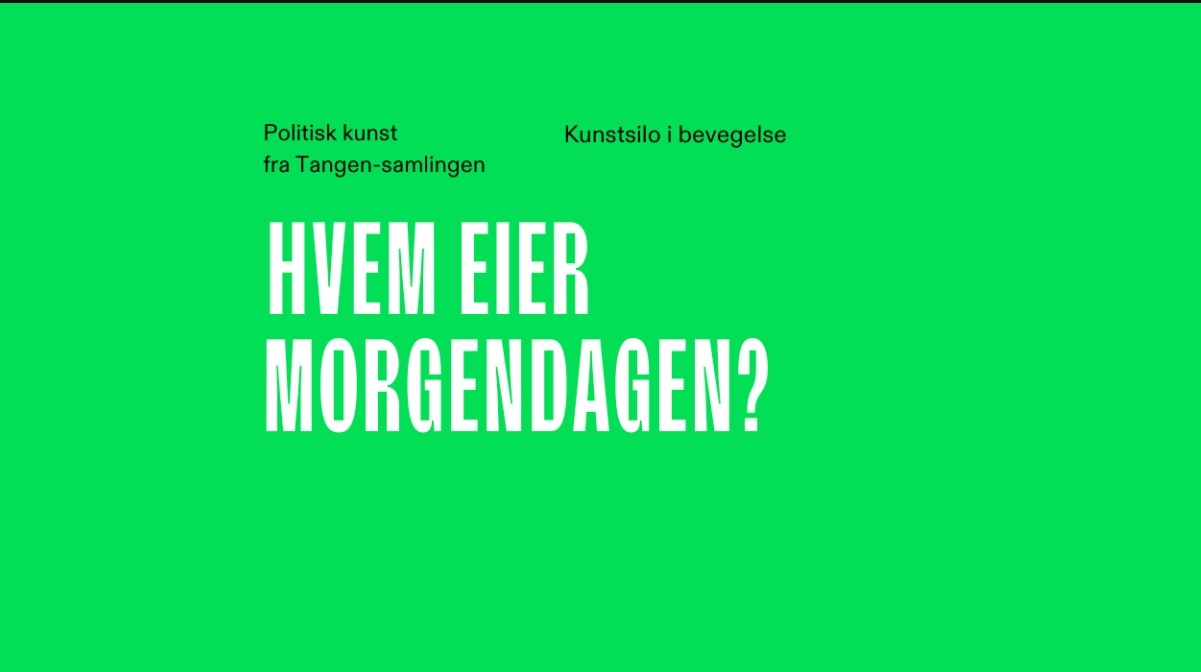Who owns tomorrow? highlights artists from the 1960s and 70s who, through their work, questioned and criticized their own contemporaries – both through purely political expressions in the artwork itself, but also by highlighting aspects and themes they believed the public should care about, recognize and appreciate.
The exhibition is based on a selection of graphics from Nicolai Tangen’s large collection of Nordic modernism, as well as some works from Sørlandets Kunstmuseum’s collection. The exhibition’s title is taken from a work by Willibald Storn.
At the end of the 1960s, Storn was one of the initiators of the artist group GRAS, an Oslo-based artist collective which, despite only existing for four years, is considered the most influential artist community from this period. The group of activists gathered with graphics as a medium. The printing technique was not accidental, it suited the activist mindset of getting the art and the message out to as many people as possible. Graphics were therefore a suitable medium because it enabled reproduction and larger circulation. Expenditure on expensive paint and expensive canvas was avoided, not to mention working hours per work.
Through GRAS, the artists gathered around a reaction against war and exploitation in the Third World, against the rise of dictatorships and against the power of capitalism, which led to a dull consumer society and which at the same time brought about natural and environmental destruction.
Who owns tomorrow? highlights key members from the GRAS group, but also other artists from the same generation.
Overall, the exhibition revolves around three main themes: political protests, unity and man’s contact with nature.




